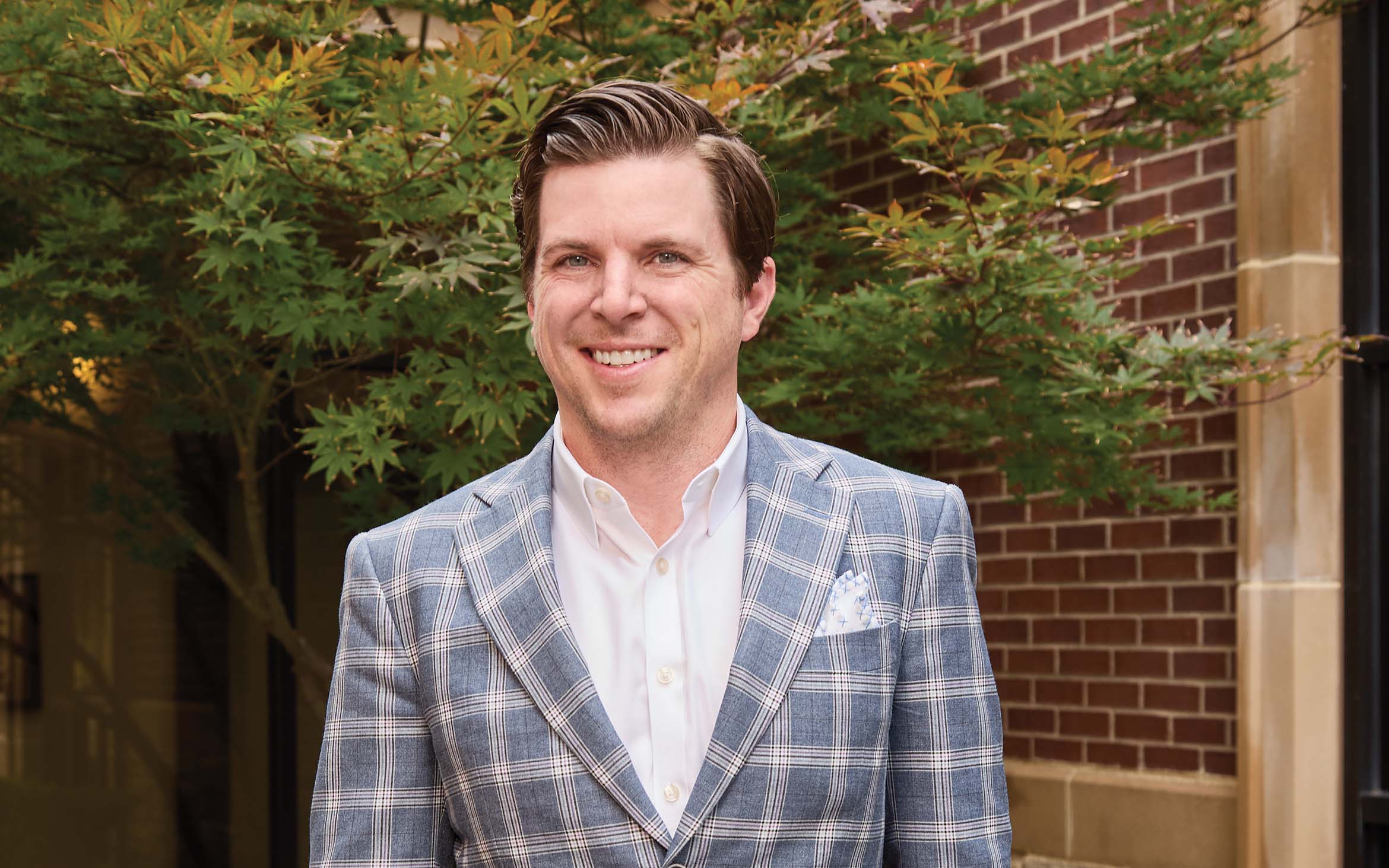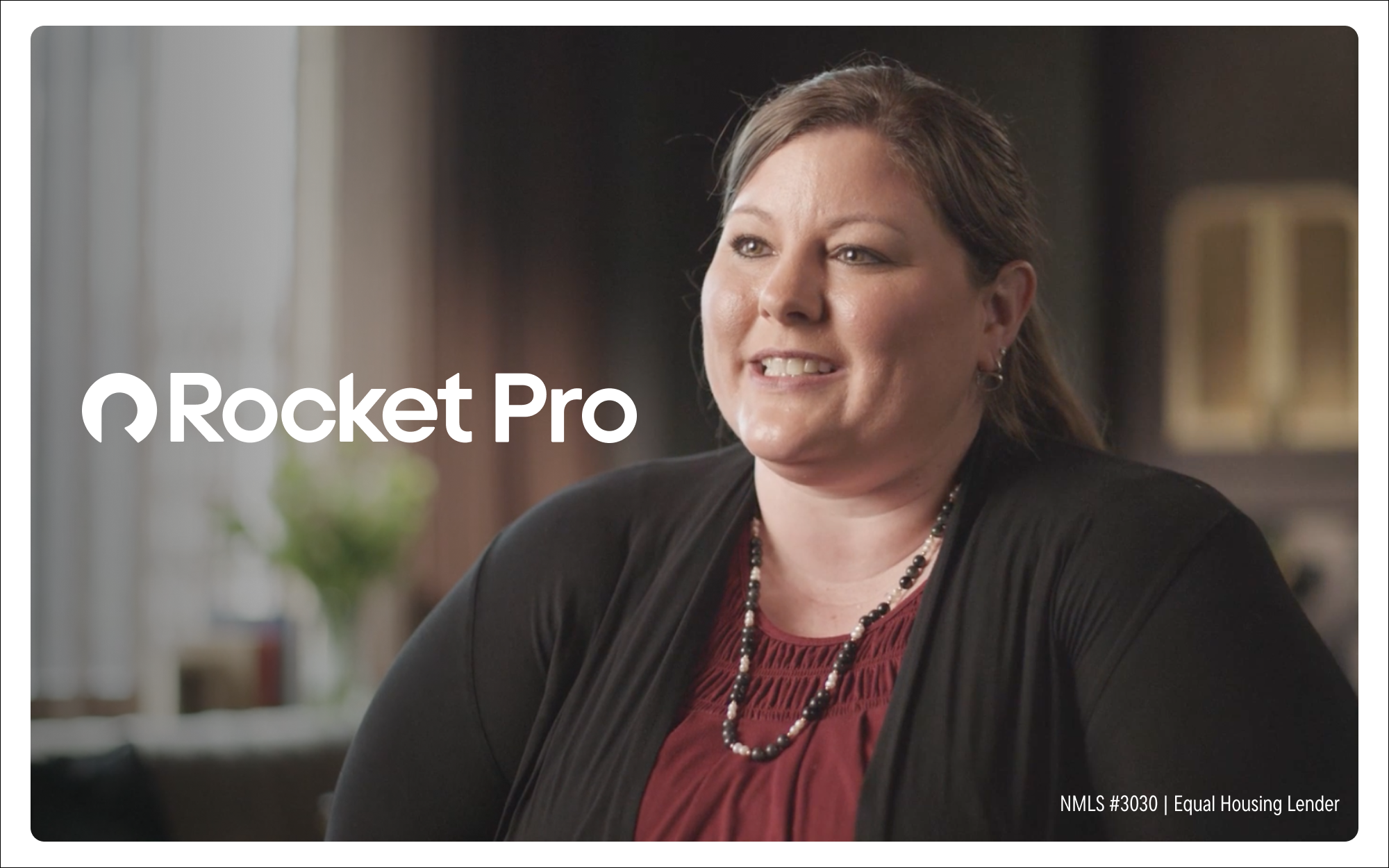Many hotels and other hospitality businesses haven’t fully bounced back from COVID-19 travel and safety restrictions, but community banks have been by their side through the challenges. Luckily, these lenders say loan demand is returning in many areas.
The community banks standing by hospitality customers
December 01, 2021 / By Beth Mattson-Teig
Many hotels and other hospitality businesses haven’t fully bounced back from COVID-19 travel and safety restrictions, but community banks have been by their side through the challenges. Luckily, these lenders say loan demand is returning in many areas.
Community banks that provided a critical financial lifeline to hotels during the pandemic are keeping close tabs on the industry’s recovery and what it means for their existing loans and new business ahead.
“Between the [Trump] administration and Congress and the regulators, they did a terrific job of allowing banks to work with their borrowers,” says Jeff W. Dick, chairman and CEO of $1.7 billion-asset MainStreet Bank in Fairfax, Va. Those quick collective efforts gave bankers an opportunity to help businesses including hotels remain successful, he adds.
Hospitality demand: Now vs. 2020
Occupancy
+31.5%
Revenue per available room (RevPAR):
+47.3%
Average daily rates (ADR):
+12%
Source: 2021 forecast from STR and Tourism Economics
MainStreet Bank has a sizable hotel loan portfolio with roughly $100 million in loans on 15 properties. The community bank worked with its hotel borrowers that struggled during the disruption of COVID-19, including allowing some to go interest-only or defer principal payments. The bank also helped hotel operators obtain Paycheck Protection Program (PPP) loans. Taking those steps gave operators needed time until travel started to resume, and none of those loans have defaulted, Dick says.
“At the very beginning, we didn’t know how much or how long that liquidity strain was going to exist. So, we were definitely capturing STR report data on a monthly basis and getting financials and doing everything we could to monitor their performance,” says Dick, referring to Smith Travel Research, a firm that publishes hospitality benchmarking data. “I’m quite sure they are pleased with how we were able to assist in the process of getting them through to the proverbial other side of this.”
The Coronavirus Aid, Relief, and Economic Security (CARES) Act provided an important backstop for Small Business Administration (SBA) 7(a) loan holders, as it required the SBA to take care of loan payments for about six months in 2020 and make partial payments in 2021.
“That has really helped many of our 7(a) clients,” says Mark Duffy, president and CEO of Mountain Pacific Bank in Everett, Wash. For other borrowers, the $596 million-asset community bank allowed deferrals of principal or, in some cases, full payment deferrals.
Most of the forbearance borrowers requested has burned off as hotel operators have started to get back on their feet. At the pandemic’s peak, Mountain Pacific Bank had five hotel loans on deferral, whereas all those borrowers were making their loan payments again as of August 2021. However, borrowers are still working on making good on the deferred payments.
“We are hoping that when things return to normal that the regulators will allow us to capitalize the interest that has been deferred, because some of these guys might have difficulty catching up and paying that,” Duffy says. Another option would be to do a separate loan to amortize those deferred payments, which again would be dependent on regulators, he adds.
New loan demand returns
Industry data clearly shows that recovery is underway, although some segments and regions are faring better than others. Drive-to destinations, for example, have bounced back more quickly, while large convention hotels in major urban markets continue to struggle due to the slow return of business travel and corporate events, according to STR.
The recovery has triggered demand for new loans as operators look to restructure financing or capitalize on growth opportunities. In the past year, State Bank of Texas in Dallas has originated close to $250 million in conventional loans nationwide for acquisitions, refinancing of existing loans and even a limited number of construction loans.

Sushil Patel, president of State Bank of Texas, meets with Arun Patel, the owner of La Quinta Red Oak, which the community bank financed. Photo: R.J. Hinkle
“For the most part, fundamentals have come back, although there is a difference depending on the type and the location of the property,” says Sushil Patel, president of the $1.25 billion-asset, family-owned community bank.
Hospitality lending is a natural fit for the State Bank of Texas. Chairman and CEO Chan Patel has been an active owner and operator of hotels since 1976, and the Patel family still owns several hotels. The community bank has been an active hospitality lender for nearly all of its 35-year history.
“The more people get to know our bank, the more they want to do business with us, because they realize they are talking to a community bank.”—Sushil Patel, State Bank of Texas
“Because of our expertise, we are able to pinpoint that this is a good opportunity for the bank, and we are going after those opportunities,” Sushil Patel says.
Part of the demand on the refi side has been fueled by low interest rates, as well as a desire from borrowers to move away from their current lender, he says. In some cases, loans were held by private equity firms or commercial mortgage-backed securities (CMBS) servicers that treat the borrower very differently than a relationship-focused community bank.
“That has served as an impetus for a lot of people to move their loans,” Sushil Patel says. “The more people get to know our bank, the more they want to do business with us, because they realize they are talking to a community bank and a hotel bank that knows what it is doing.”

Lenders tighten underwriting
Although community bankers see opportunities to assist borrowers and make good loans, they are mindful of the risks in what remains a precarious recovery. One of the ways bankers are providing needed capital to borrowers is by utilizing SBA 7(a) loans. The SBA provides a 90% guarantee, and banks can get an attractive premium when selling the guaranteed portion.
The main focus for Mountain Pacific Bank has been managing its existing book of hotel and motel loans. As of September, the community bank had $108 million in hotel and motel loans, of which $59 million are SBA 7(a) loans, including about $42 million that the bank has sold. In addition, the bank has made two new 7(a) loans this year, a $4.4 million loan for a motel on the Oregon coast and a $8.3 million loan for two Motel 6’s.
Mountain Pacific Bank has tightened its debt service requirements. Pre-COVID, the bank was underwriting hotel loans with debt service coverage ratios (DSCRs) of about 1.2. Now those ratios are 1.3 or 1.4. In both cases, the borrowers had outside sources of income that weren’t related to hospitality.
“That is helpful to support the loan request,” Duffy says. The community bank has had borrowers establish reserve accounts with a year’s worth of payments that are held until cash flow reaches a certain predetermined level to meet their debt service coverage ratio, he adds.
State Bank of Texas is mitigating some of the cash flow risk by supplementing the loan with a required interest reserve or payment reserve account or taking additional collateral for the loan. Lenders have to look at the revenue and performance of the property over the past six months compared with its peers in the market or submarket, Sushil Patel says.
Getting to know the borrower is the most important piece, followed by a thorough underwriting of the property and business. “For us, nothing really fits a box,” Patel adds. “We are going to look at who we’re lending to first.”
Hospitality’s improving outlook
Hotels owners and operators are notching steady improvement in key metrics, which, for many, is putting operations back in the black. However, a full recovery for the industry is still months away.
According to STR and Tourism Economics, full recovery of demand is expected in 2023, and revenue per available room (RevPAR) is not expected to surpass 2019 levels until 2024. However, it’s important to note that the 2019 recovery benchmark—66% for occupancies, $86.35 for RevPar and $130.91 for average daily rates (ADR)—were all at or near all-time highs. So, even inching toward those levels will be a win for many operators.
The 2021 forecast calls for the U.S. hotel industry occupancy to average 54.7%, ADR of $115.50 and RevPAR at $63.16. Looking ahead to 2022, those metrics are projected to improve further with occupancies rising 13%, RevPar by 19.7% and ADR by 6%. STR and Tourism Economics points out that the recovery is “uneven” with some leisure-driven markets ahead of where they were prior to the pandemic and most major metros, such as New York City, San Francisco and Boston, still off that pace.
In addition, operators face challenges ahead, including rising labor costs and a surge in the delta variant, which is slowing demand from business and leisure travelers. According to an American Hotel & Lodging Association survey, U.S. leisure travelers plan to significantly pare back their future travel plans, with 69% planning to take fewer trips, 55% planning to postpone existing travel plans and 42% likely to cancel existing plans without rescheduling.
But that doesn’t mean they don’t plan to travel entirely. Nearly three in four (72%) are likely to travel to places within driving distance.
Subscribe now
Sign up for the Independent Banker newsletter to receive twice-monthly emails about new issues and must-read content you might have missed.
Sponsored Content
Featured Webinars
Join ICBA Community
Interested in discussing this and other topics? Network with and learn from your peers with the app designed for community bankers.
Subscribe Today
Sign up for Independent Banker eNews to receive twice-monthly emails that alert you when a new issue drops and highlight must-read content you might have missed.
News Watch Today

Join the Conversation with ICBA Community
ICBA Community is an online platform led by community bankers to foster connections, collaborations, and discussions on industry news, best practices, and regulations, while promoting networking, mentorship, and member feedback to guide future initiatives.












